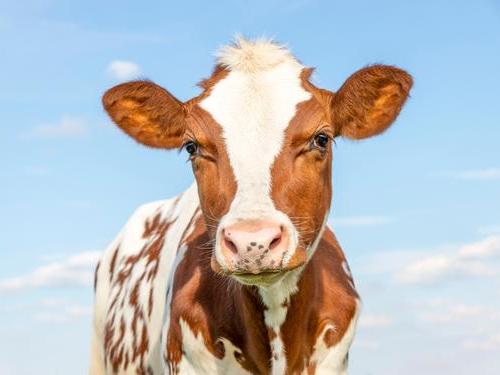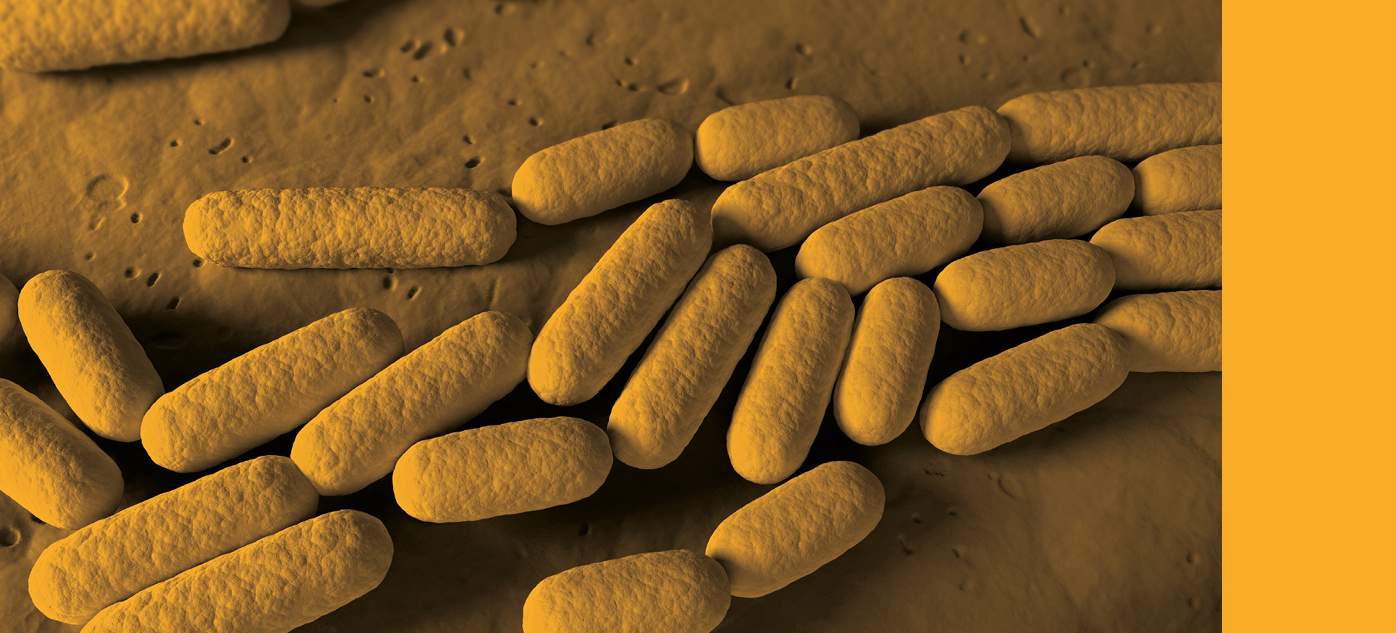New to Science: it's getting hot in here
Posted on August 11, 2025 by Microbiology Society
Each month, the Microbiology Society publishes the International Journal of Systematic and Evolutionary Microbiology, which details newly discovered species of bacteria, fungi and protists. Here are some of the new species that have been discovered and the places they've been found.
This month’s New to Science blog sees us starting overseas in the United States. First is a novel species isolated from not one, but two different locations. First found in a diseased cantaloupe in Alabama, the species was later found by the same group in a healthy calf in Kansas. Found to be of the Pseudomonas genus, the new species has been named Pseudomonas alabamensis. The species represents the incredible variety within this ecologically significant bacterial genus. Members of the Pseudomonas genus are highly adaptable and capabale of switching between lifestyles, niches and hosts opportunistically. Pseudomonas alabamensis is clearly as remarkable as its fellows and able to adapt to both a plant and animal host.

Credit: iStock/Clara Bastian
Staying put in the US, but moving to a more extreme environment, our second microbe today is a novel species isolated from the tree wound exudate of the Populus fremontii trunk in the Sonoran Desert in Arizona. This gram-stain-negative, aerobic, non-motile and non-spore-forming bacterium with an irregular rod shape has been given the name Pseudogemmobacter sonorensis.
Phew, it’s hot in here. Time for a dip? Sadly, not the cooling mountain lake you’re hoping for, our next microbe is a novel genus and species, hermohahella caldifontis, from the Hahellaceae family. Isolated from the Seokmodo hot spring in the Republic of Korea, this Gram-stain-negative, motile and thermo-halophilic, rod-shaped bacterium had an optimum temperature for growth of 50°C.
Our final microbe this month is one that enjoys a salty existence – a novel species, Pseudidiomarina salilacus, of the genus Pseudidiomarina isolated from sediment in Yuncheng Salt Lake, China. Also known as Xiechi Lake, the salt lake is famous for its multicoloured waters, created (in part) by the species of microbes living there.

